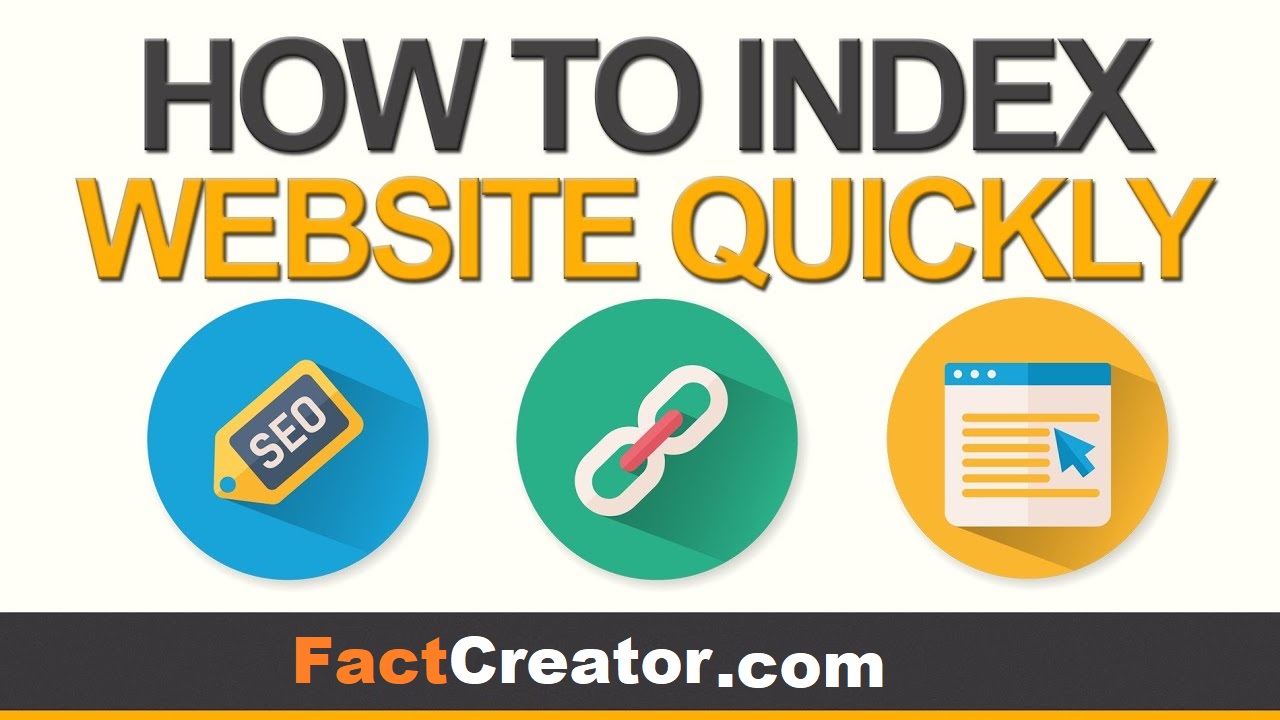If you’re looking to boost your search engine rankings, then you need to be sure that you’ve indexed your blog posts. Indexing allows search engines like Google and Bing to find information in your site and better understand the content it contains.
If you have an old website with lots of content, then it’s important that you index all of those pages so they can be found by potential customers using search engines. Here are six tips on how to index your site quickly:
Publish it as soon as possible.
Publishing your blog posts as soon as possible is important for SEO. The longer a post sits unpublished, the more likely it is to be lost in the shuffle and not get indexed by Google.
If you have a lot of content and don’t want to publish all of it at once (or if you’re waiting for some other reason), consider scheduling them in advance so that they go live automatically later on.
Make sure that your blog posts contain the main keywords that you want to rank for.
- Use the main keyword in your blog post title
- Use the main keyword in your blog post meta description
- Use the main keyword in your blog post URL
- Add more than one instance of that keyword throughout the body of text (i.e., don’t be afraid to repeat yourself)
Get backlinks from other sites and blogs.

To get backlinks, you need to find websites that have a similar audience and content to your own. You can find these sites by doing a Google search for “similar blog” or “similar blog posts.”
The best kind of site to get backlinks from is one that has already done some work in the link-building game. If they are getting links themselves, they may be willing to give some of their hard-earned links out as well!
Use a keyword research tool to find related keywords
The next step is to use a keyword research tool to find related keywords. You can use Google Adwords Keyword Planner, Google Autocomplete and Google Trends.
Google Adwords Keyword Planner will give you keyword ideas based on your seed keywords as well as other relevant terms that people are searching for in the same industry or topic area as yours.
It also shows how many people are searching for each term, which gives you an idea of how competitive it might be for SEO purposes (i.e., if there’s low competition but high search volumes) versus high competition but low search volumes).
For example: if I wanted to know what people were searching for when they searched “how do I index my blog posts?”, then I would type this into my browser: [how do i index my blog posts]. This will bring up suggestions like “how do i index my blog post” and “how do i index blog posts”.
You can see how many searches each phrase receives per month by clicking on one of them before entering more information into the tool itself; this data will help determine whether or not it’s worth pursuing further down the line!
Add an image with a caption or a video.
You can add an image with a caption or a video to your blog post. Images are very important for SEO, because they help search engines understand what the content of your article is about.
Adding an image is easy! Just click on “Add Media” below the editor window and then select your desired file type from the list that appears. If you don’t see what you’re looking for, check out our guide on how to upload images here: http://help.blogger.com/bin/answer.py?hl=en&answer=104314
If you want to add more than one image (or video), just repeat these steps until all of your media has been added into the post editor area at once–no need to keep clicking “Add Media” over and over again!
Add a meta description under your post title using 160 characters or less.

Meta descriptions are another important on-page SEO factor. They’re the text that appears below your blog post title in search engine results pages (SERPs), and they help users decide whether or not they want to click through and read more about your content.
Meta descriptions should be unique and relevant to each individual piece of content, but they also need to include some keywords so that you can rank for those terms in SERPs.
The ideal length for meta descriptions is 160 characters or less–more than this will cause problems with some web browsers. However, if you have more than 160 characters available, then feel free to use them!
You should also make sure that there’s only one H1 tag per page; otherwise Google may penalize you by lowering its ranking score accordingly (or even removing them entirely).
When you index your posts quickly, you can reduce bounce rates and boost SEO
One of the most important factors in search engine rankings is bounce rate. The higher your bounce rate, the more likely you are to get dropped in rankings. A high bounce rate means that visitors are only looking at one page on your site before leaving.
Bounce rates can be reduced by getting more traffic to your blog posts–but how do you do that? Here are some tips:
Conclusion
We hope that these tips have helped you to index your blog posts quickly and boost SEO. It’s important to remember that it takes time for Google to index your site, so don’t get discouraged if it doesn’t happen overnight.
However, if you follow these steps diligently each time you publish something new on your blog then eventually it will show up in search results!
